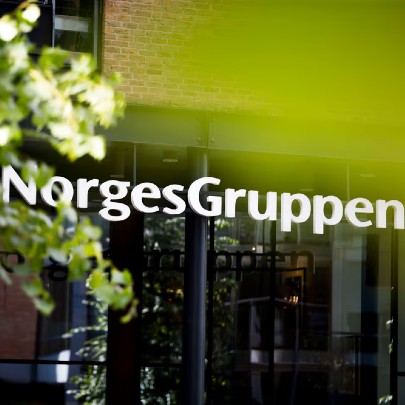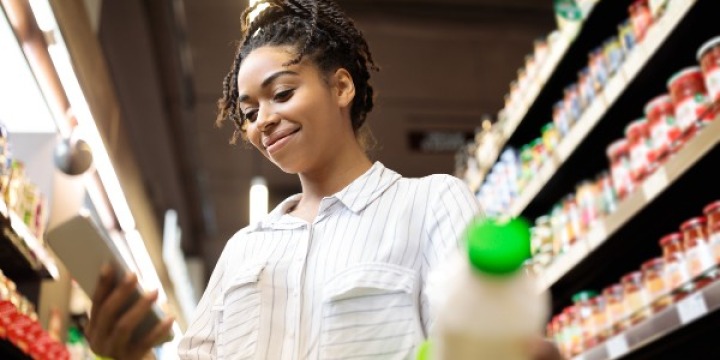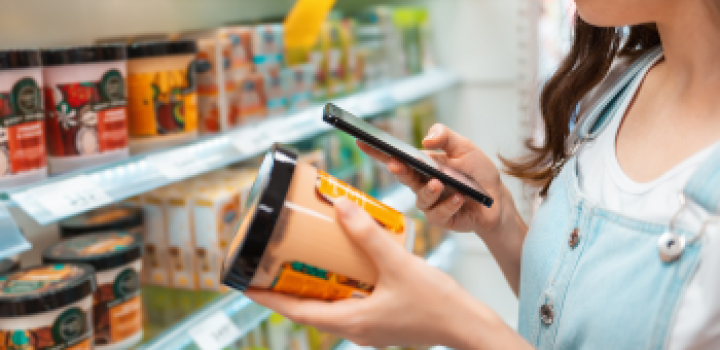NorgesGruppen, Norway’s largest grocery retailer, is harnessing the power of 2D barcodes to tackle one of the industry’s biggest challenges: food waste.
Each year, over 450,000 tonnes of food are discarded in Norway. Nearly half of this waste— over 200,000 tonnes of it—comes from households, while supermarkets and retailers struggle with expired products, inefficient inventory management and the economic and environmental costs of disposal. The traditional methods of handling stock, manually monitoring best-before dates and applying discount labels at the last minute, are no longer sufficient.
For NorgesGruppen, which operates leading chains including Kiwi, Meny, Spar and Joker, this is about much more than sustainability—it’s about rethinking how their entire supply chain functions. Rather than treating food waste as an inevitable cost of doing business, the company has challenged the status quo by asking, “what if technology could prevent food waste before it happens?”
A digital solution to a global problem
The answer to this challenge came in the form of 2D barcodes, a next-generation solution that has the potential to revolutionise retail. Unlike traditional linear barcodes, which contain only basic product identification numbers, 2D barcodes can capture and share vast amounts of information, from expiration dates to batch numbers and even weight—all via one simple scan. This innovation, especially when in the form of QR codes powered by GS1, allows retailers and consumers alike to track food products with unprecedented ease and precision.
NorgesGruppen first began exploring the potential of 2D barcodes in 2019, working in collaboration with GS1 Norway and Matvett, an organisation owned by Norway’s food, retail and hospitality sectors that is dedicated to reducing waste, to conduct a pilot project on 14 different products. These products, each embedded with a 2D barcode containing a unique Global Trade Item Number (GTIN), expiration date and weight, were introduced to selected stores to test how the technology could improve stock management.
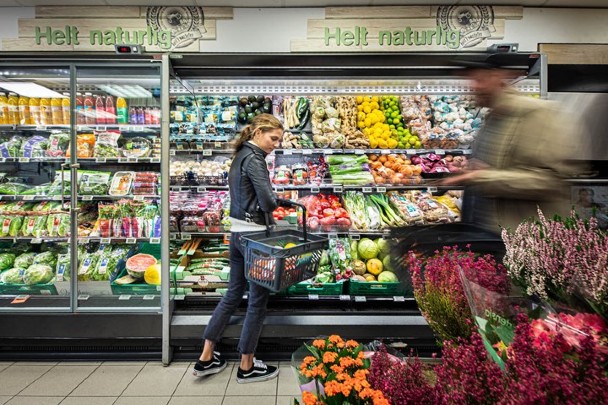
The results were striking. Waste dropped by 18 per cent (measured in sales volume) as stores were able to identify and discount items at risk of expiring far more effectively than before. Encouraged by these early findings, NorgesGruppen made the bold decision to expand the use of 2D barcodes beyond the pilot phase.
By early 2023, the company began a large-scale rollout across its private label products, ensuring that thousands of items could now be tracked more accurately than ever before.
NorgesGruppen also set the ambitious target of implementing 2D barcode scanning across all stores by 2027, ushering in a new era of transparency and digital inventory management.
Store operations and the customer experience
This has already begun to reshape how food is managed Inside NorgesGruppen’s stores. Unlike before, when employees needed to manually check best-before dates across thousands of products, the 2D barcode system automatically tracks expiration dates, flagging items that need attention. Products nearing the end of their shelf life can now be discounted at precisely the right moment, maximising sales and minimising waste.
Beyond improving efficiency at the store level, the technology also brings major food safety benefits. In the event of a recall, retailers can quickly remove affected batches, ensuring that customers are only purchasing safe, fresh, high-quality goods. This level of traceability was virtually impossible with traditional barcodes but is now a reality thanks to the richer data capacity of 2D codes.
NorgesGruppen’s vision extends far beyond the checkout. By integrating barcode data into its Trumf loyalty programme, the company is paving the way for a future where customers have real-time visibility into their purchases and expiration dates. The long-term ambition is that shoppers will be able to track the freshness of items in their own refrigerators, tackling waste at the household level.
A measurable impact
As NorgesGruppen continues its transition, the company is already seeing a profound impact on food waste.
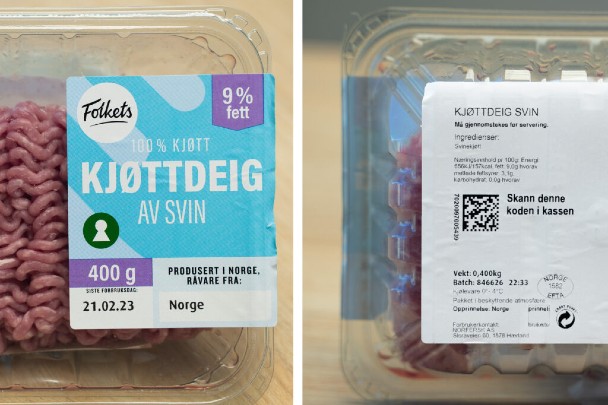
By mid-2024, waste across its stores had been reduced by 44 per cent, putting the retailer well ahead of schedule to meet its 2025 goal of halving waste from 2015 levels.
Beyond in-store waste reduction, NorgesGruppen has also ramped up food donation efforts, ensuring that surplus products are redirected to those in need rather than discarded.
In 2024 alone, the company donated over 1,050 tonnes of food to Matsentralen, Norway’s leading food redistribution network.
Looking ahead
While NorgesGruppen’s efforts have already proven the value of 2D barcodes in store, the company’s long-term vision is even more ambitious. The next step is to bring this technology into customers’ homes, helping individuals make smarter, more sustainable choices about their food consumption.
By combining AI-driven grocery tracking with QR codes powered by GS1, NorgesGruppen envisions a future where customers receive automated reminders about products nearing expiration. The Trumf loyalty program will soon allow shoppers to scan items at home using their smartphones, keeping track of their food inventory and even suggesting personalised recipes to make use of soon-to-expire ingredients. With food waste costing Norwegian households millions each year, this could save families money while also reducing environmental impact.
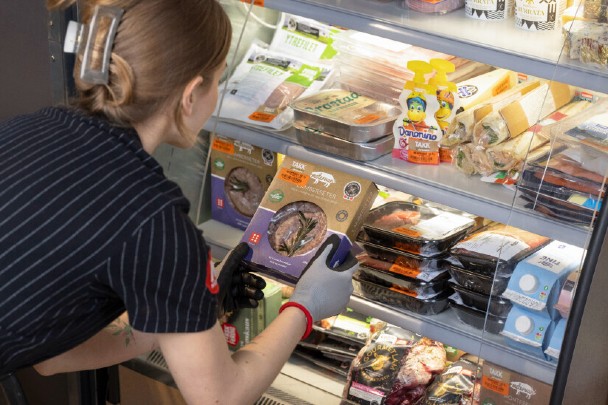
Leading the way
NorgesGruppen’s adoption of 2D barcodes marks a historic shift, proving that sustainability and efficiency can go hand in hand.
By replacing traditional barcoding methods with a smarter, data-driven approach, the company is not only reducing waste but also future-proofing its supply chain for the digital age.
Technology alone won’t solve food waste—but the right application of technology, combined with industry-wide collaboration and deeper consumer engagement, can make a real difference.
